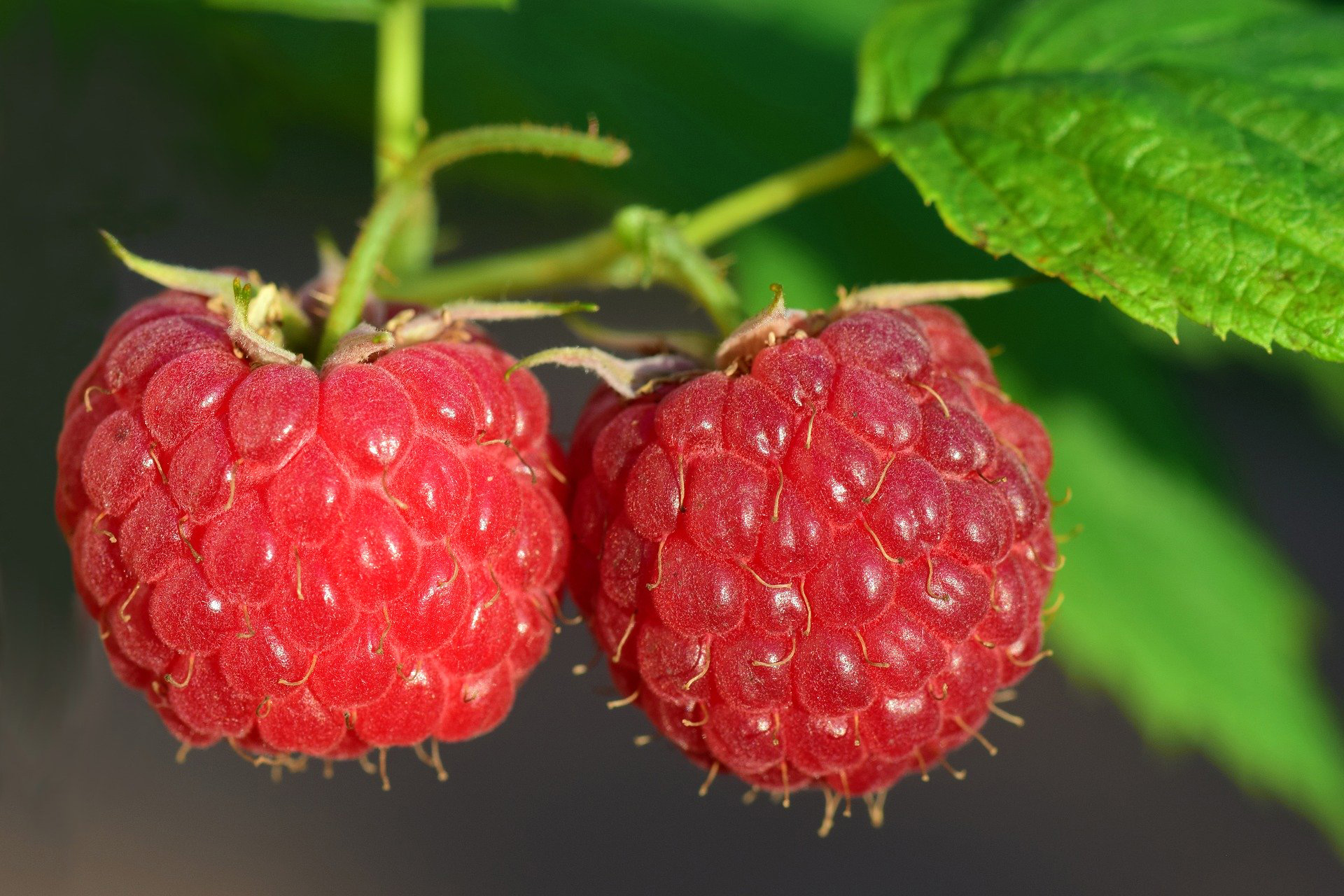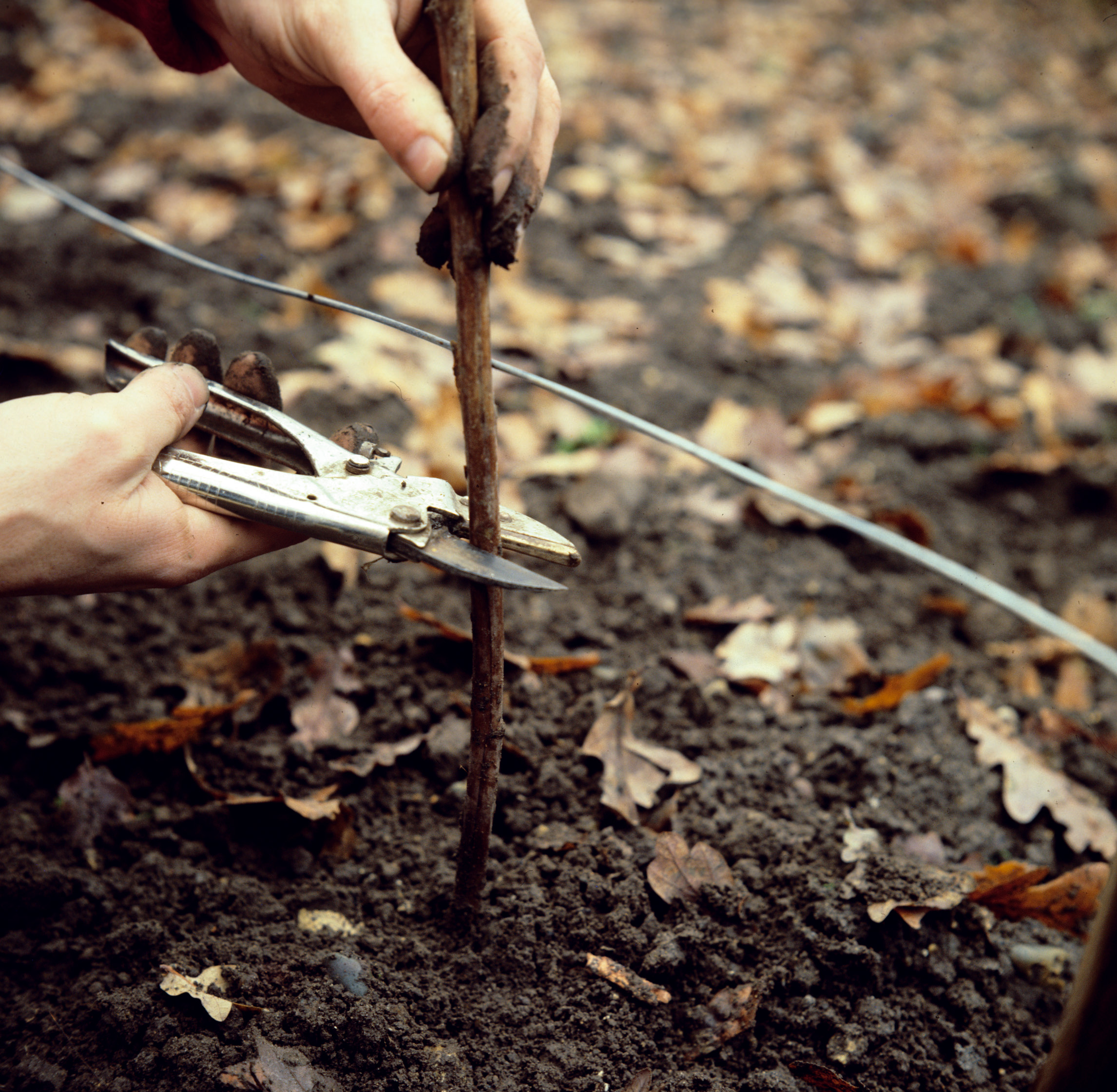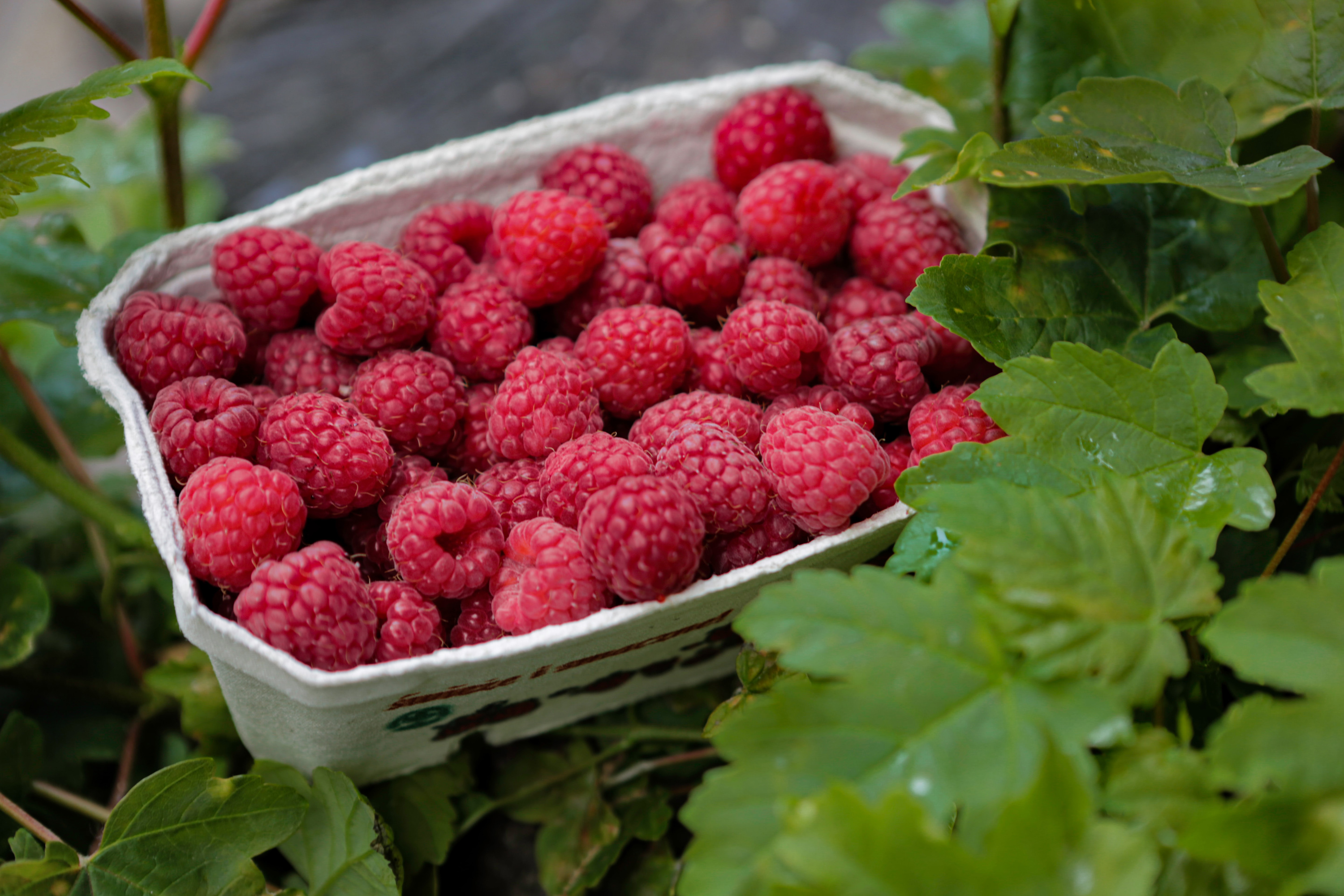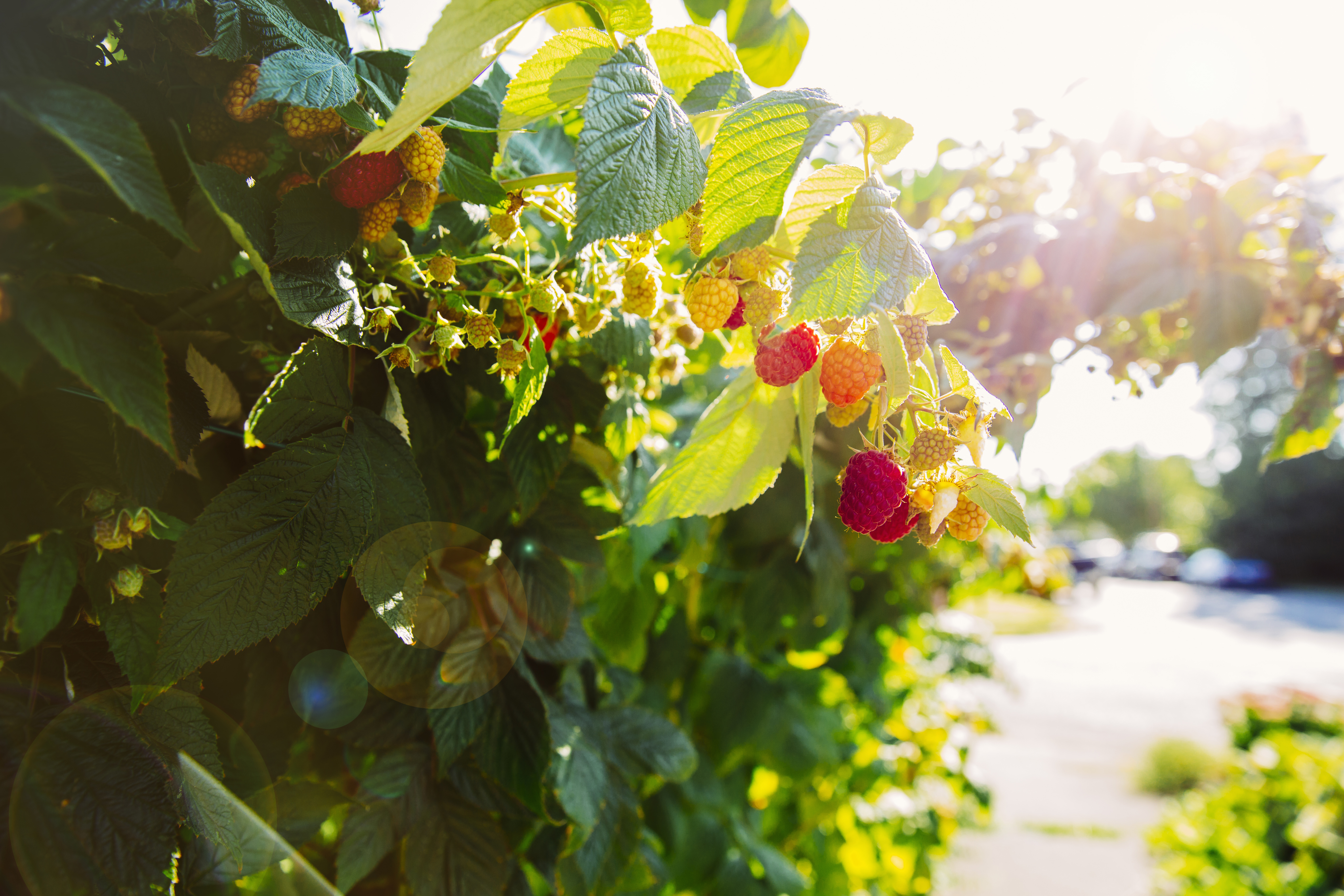How to grow raspberries: they're easy to grow in any garden
Want to know how to grow raspberries and enjoy delicious homegrown fruits every year? Here's how to do it


Learning how to grow raspberries at home is fairly easy and means you'll have an endless supply of puddings every summer.
Homegrown raspberries are both sweet and sharp – and totally delicious – and make the perfect addition to fruit salads or homemade jams. It's easy to grow raspberries in any size of garden, but to ensure a good crop for up to 10 years from each plant, there are a few insider tricks you need to know.
First up, we'd recommend growing both summer and autumn-fruiting varieties, which means you'll have fruit all summer and into the autumn. They freeze really well for jams, sauces and desserts, so you don't need to worry about having too many.
Here's our step-by-step guide to growing raspberries, from the perfect conditions and how long they'll take to produce fruit, to the common problems and how to avoid them.
Want to try growing other summer fruits too? You'll want to read our guide on how to grow strawberries too.
Step-by-step guide to growing raspberries

Method:
1. You should plant your raspberries between November and March when the soil is no longer frozen. Before planting, clear the soil of any weeds and dig through a general fertiliser and well-rotted manure.
2. Raspberries are usually sold as canes, which is basically a bare-looking root and stalk. Soak the roots of your canes in water, and then plant them 45-60cm apart, in a row. If you plan on doing more than one row, keep them at least a metre apart.
3. Cover over the roots with about 5cm of soil and water well.
4. Keep the compost moist and feed with a liquid general-purpose fertiliser on a monthly basis during the growing season. In hard water areas, try to use harvested rainwater.
5. As the plants grow, tie gently to canes that are linked to one another by wire.
TOP TIP: You can grow raspberries in containers if space is limited. Single raspberry plants can be grown in 38cm diameter pots, tying to a cane as the plant grows.
Our guide to growing vegetables in pots has lots of useful advice on growing your own crops in a small space.
The best places to buy raspberry plants online
The best conditions for growing raspberries

Raspberries are usually planted in rows in beds and the plants are then trained along a post and wire system as they grow. As we mentioned above, if you have a smaller garden, then you can still grow raspberries, either in containers or trained up a single post.
Wherever you plant your raspberries, you'll need to use soil that's moist, fertile and weed free. Add a general purpose fertiliser to the soil in early spring and water the plants well during dry periods.
Raspberries like the sunshine, so try to plant them in rows running north to south to avoid them casting shade on each other.
Finally, once your plants are established, prune them back each year to encourage a bigger crop the following year.
How long do raspberries take to grow?

If you plant your raspberries between November and March, they'll be ready around June, if you've chosen summer-fruiting varieties. If you've chosen autumn-fruiting varieties, they'll be ready in late August to October.
You may have to wait a year before your raspberry canes produce fruit, depending on how mature they are when you buy them.
How to prune raspberries

If you want a bumper crop of raspberries every year you need to cut back summer-fruiting canes in September after they’ve cropped, while January and February are the best months to give autumn-fruiting canes a trim.
It’s so easy to do. With summer fruiting canes simply cut back the brown stems that bore the fruit to ground level, then mulch around them with well-rotted compost or manure. This leaves the young green shoots that will produce next year’s crop.
Autumn fruiting raspberries should be cut right back. Pull out any suckers outside the row as they divert strength from your raspberries. These can be planted – see below on how to get more raspberry plants.
You can also maximise fruiting by double-cropping once your autumn plants are established. Instead of cutting back all the fruited canes, select up to eight of the most robust plants every 1 metre or so and just remove their tops. Cut the rest of the canes back as usual. The half-pruned canes will fruit earlier than the others, giving you an extended season. They can then be cut down to the ground next winter, and other plants can be half-pruned for the following year’s crop.
How to get more raspberry plants
Pulling up suckers (also known as runners) helps to maintain your raspberries as the plant's strength isn't diverted into the sucker. But don't throw the suckers on the compost heap. They're a great way of adding new plants to your patch. Read on to find out how to do it.
- Choose healthy-looking suckers from plants that are a couple of years old.
- Use a spade to cut straight into the soil between the sucker and its parent plant. Loosen the soil, and gently pull the sucker and roots free. Repeat according to how many new plants you want.
- Select a site to plant the raspberry suckers. Either extend the existing raspberry bed or choose a new spot. If the soil is poor, add a layer of compost.
- Dig a hole for each sucker, making each one deep and wide enough to accommodate the root system. Adjust the plant so it sits vertically and fan out the roots. Fill the hole with soil, and press firmly around the plant.
- Water the new raspberry plants thoroughly, then water once a week until they’re established.
Common problems when growing raspberries
According to the RHS, the main issue when growing raspberries is pesky raspberry beetle. Dry patches develop at the stalks in summer, and you'll often find a small white maggot inside the fruit. Autumn-fruiting varieties tend to be affected the least, so opt for those if you can.
Other common diseases include raspberry cane blight and raspberry spur blight, but these can be avoided by making sure the plants are well spaced and have good circulation around them.
Keen to try your hand with growing vegetables too? Our guides on how to grow garlic and how to grow potatoes are a great place to start.
Laura has been writing about homes and gardens for 17 years. She joined Real Homes magazine in 2015 as Deputy Editor and then become Editor before taking on her current position as Content Director for brands including Country Homes & Interiors, 25 Beautiful Homes, Period Living and Style at Home. She's currently redesigning the garden of her 1960s home in Worcestershire and will eventually reinstate the swimming pool that's currently filled with mud! Outside of homes, she's a TV presenter for QVC.

